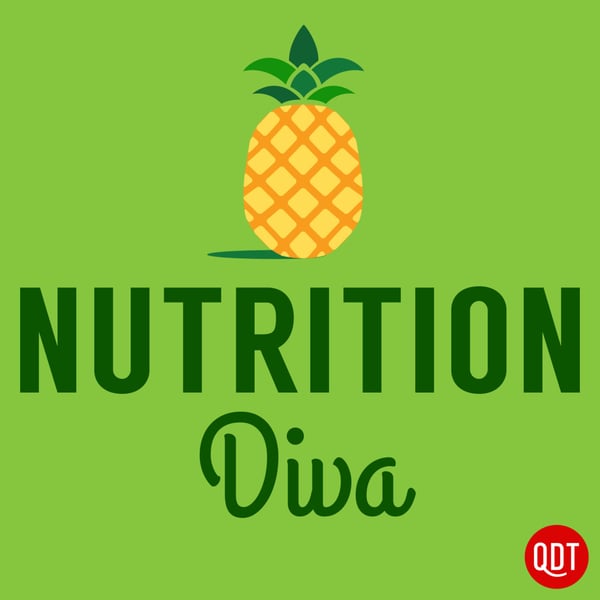Are sweet proteins the new Stevia?
Nutrition Diva
Macmillan Holdings, LLC
4.3 • 1.7K Ratings
🗓️ 7 August 2024
⏱️ 10 minutes
🧾️ Download transcript
Summary
Transcript
Click on a timestamp to play from that location
| 0:00.0 | Hello and welcome to the Nutrition Diva Podcast, a show where we take a closer look at |
| 0:09.5 | nutrition trends, research and headlines so that you can feel more confident about your own food choices. |
| 0:16.0 | I'm your host, Monica Reinagle, and today we are exploring a brand new ingredient that is just starting to appear in the food supply, sweet proteins. |
| 0:28.6 | For a while now, as I'm sure you're aware, consumers have been indicating a desire to reduce their sugar intake. |
| 0:34.8 | At the same time people also increasingly want to avoid artificial sweeteners like |
| 0:40.8 | Aspertain and Sucralose and so the search for healthier |
| 0:44.8 | low and non calorie sweeteners has become sort of an obsession for both |
| 0:50.6 | consumers but also for the food industry. |
| 0:54.0 | Manufacturers are racing to develop new ingredients |
| 0:57.5 | that can sweeten our foods and beverages without adding calories or chemicals. |
| 1:04.0 | Enter sweet proteins, the latest attempt to enjoy sweet foods without the consequences. |
| 1:12.4 | Sweet proteins are naturally occurring compounds found in certain tropical plants and berries, |
| 1:18.4 | mostly native to West Africa and Southeast Asia. Unlike conventional sweeteners, which are typically sugars or artificial |
| 1:26.2 | compounds, sweet proteins are made up of amino acids. Now the names of these sweet proteins, thomatin, brazine, monoline, curculin, miraculine, are likely to be unfamiliar, |
| 1:41.5 | although that may soon change. And the plants that they come from are generally not used as food crops. |
| 1:47.8 | But these proteins are anywhere from 400 to 3,000 times sweeter than sucrose or table sugar. |
| 1:56.8 | And just as a comparison for you, the compounds in Stevia and monk fruit that are increasingly used as non-chloric sweeteners are 2 to 300 times as sweet as sucrose. |
| 2:08.5 | Some of these proteins interact with the sweet taste receptors on the tongue and produce an intense and in some cases |
| 2:15.9 | very long lasting sweet sensation. |
| 2:19.7 | And others actually modify our taste perception in a way that makes sour foods taste sweet. |
| 2:27.0 | Now because they are proteins, sweet proteins are metabolized differently from sugars. |
| 2:33.2 | They do not impact sugar levels. |
... |
Please login to see the full transcript.
Disclaimer: The podcast and artwork embedded on this page are from Macmillan Holdings, LLC, and are the property of its owner and not affiliated with or endorsed by Tapesearch.
Generated transcripts are the property of Macmillan Holdings, LLC and are distributed freely under the Fair Use doctrine. Transcripts generated by Tapesearch are not guaranteed to be accurate.
Copyright © Tapesearch 2025.

